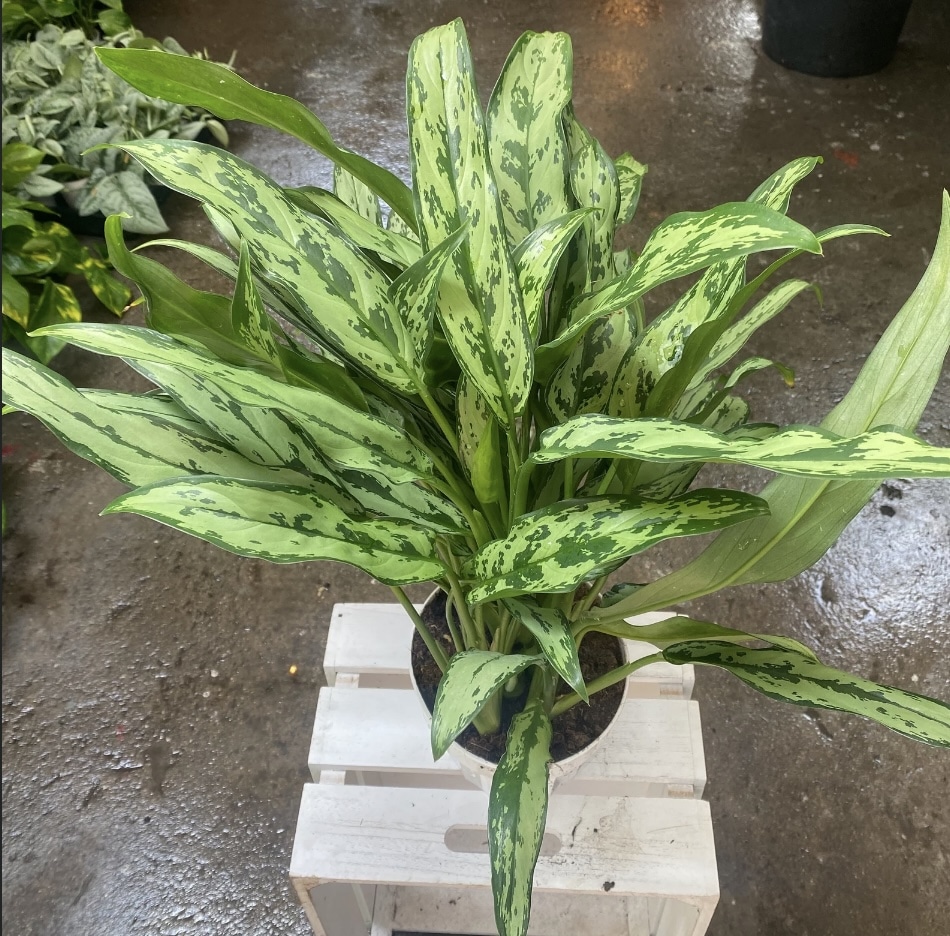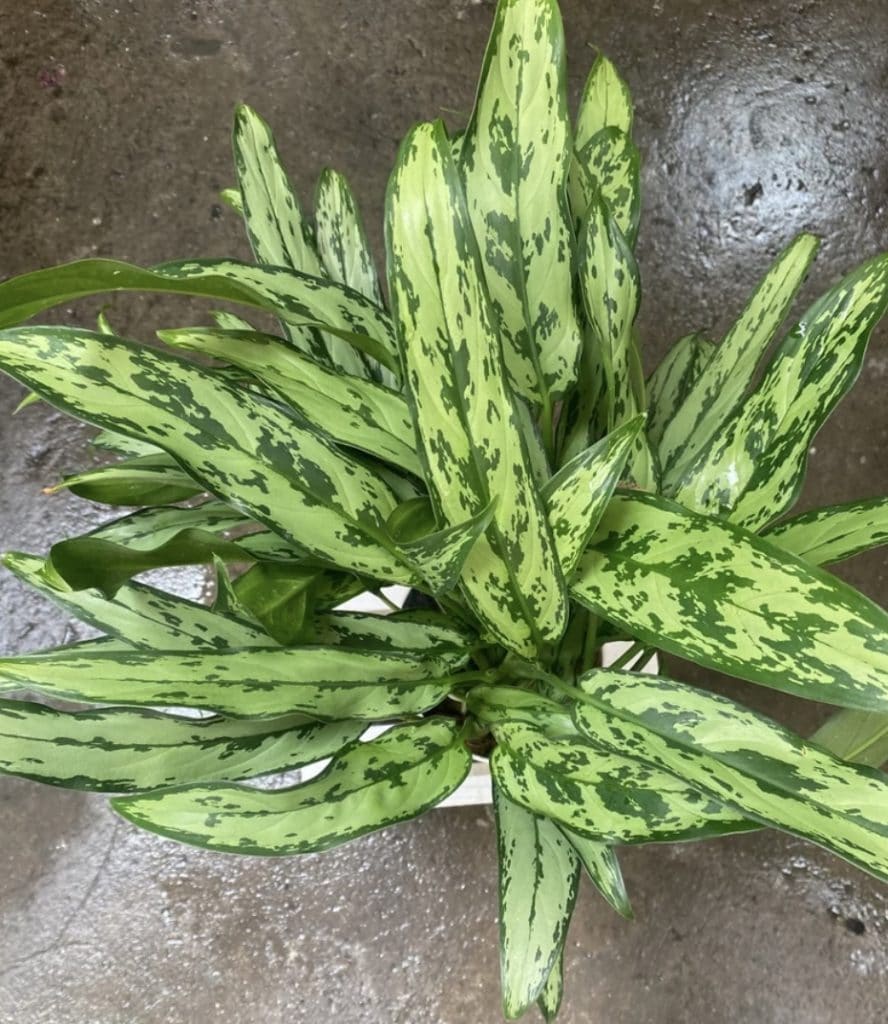If you’re looking for an easy-to-care-for houseplant, the aglaonema cutlass is an excellent option. This tropical plant looks great and can make an attractive centerpiece for any room.
The plant is known for its rapid growth and ability to thrive in various conditions. It can grow well in rooms that don’t receive much light, making it a popular choice for offices across the globe. In this blog post, we’ll give you a breakdown of how to grow and care for an aglaonema cutlass plant.
What is an Aglaonema Cutlass?
Aglaonema cutlass is a flowering plant that comes from the Araceae botanical family. It originates from Asia and is also found in New Guinea. These plants are common across China and are sometimes referred to as Chinese Evergreen plants.
Aglaonema cutlass plants are characterized by their large spiky leaves that are green with cream or light green colored variation. The plant itself reaches heights up to four feet tall but can be kept much smaller if they are grown indoors.
Aglaonema Cutlass Growth and Care
Aglaonema cutlass plants are straightforward to grow as long as you get the basics right. With just a few simple steps, you can have a healthy plant in no time at all. Let’s take a closer look at the requirements for keeping your Aglaonema Cutlass thriving.
Watering Needs
Aglaonema Cutlass care begins with watering. Water your plant regularly and leave it to dry out between waterings. You want to ensure the soil is well moistened, but you don’t need to drench it either. It’s a good idea to water this plant from below since the leaves are sensitive and easy to damage. Be careful not to overwater your plant as this may cause root rot.
Sunlight Requirements
Aglaonema Cutlass plants should be kept in an area where they can get mostly indirect sunlight or partial shade. However, aglaonemas are very tolerant plants, and they will do just fine in low-light conditions. That being said, your plant may start to lose its variation if it doesn’t get enough natural light.
Don’t leave your plant in the full sun, or its leaves may get sunburnt. It’s also worth noting that plants can get burned through glass by the sun’s UV rays, so don’t leave your plant on the windowsill on a scorching day.
Fertilization
Aglaonemas like to be fed with weak fertilizer occasionally. You can use a water-soluble plant food at half-strength every two to three months during the spring and summer months. Alternatively, use a balanced slow-release fertilizer once annually. It’s best to apply fertilizer in the early spring.
Pruning
This plant is known to flower under certain conditions. When this happens, it’s necessary to pinch the flower stem off. Doing so will allow it to focus its energy on growing foliage instead of blooms. You can also cut off any dead or damaged leaves to keep your plant looking tidy.
Temperature and humidity requirements
Aglaonemas are tropical plants that enjoy warm conditions above 70 degrees Fahrenheit. They also prefer moderate humidity but are pretty adaptable and can thrive in the average home or office. You can mist your plant to improve humidity or use a tray with water and pebbles which can be placed underneath your plant.
Soil
Aglaonemas cutlass will thrive in many types of soil as long as it’s loose and well-draining. These plants prefer soil that is rich with organic matter and contains nitrogen. To get the best result from Aglonemas, you should use soil that’s slightly acidic and has a pH range of between 5.6 and 6.5. Many people grow aglonemas cutlass plants in a bark-based orchid soil mix, and the plants seem to do well.
Pests and diseases
Aglaonemas cutlass plants can be affected by sap-sucking insects such as scale and aphids. These can be removed by hand, and your plant can be treated with neem oil or an insecticidal spray. Common diseases include leaf spot and root rot which are both fungal infections that can be treated with fungicide. Be careful not to overwater your plant to avoid root rot.
Conclusion
All in all, the aglaonema cutlass is a great houseplant for beginners and experts alike. It’s easy to grow and requires very little attention. If you want a plant that thrives on minimal care and growing space, the aglaonema cutlass is for you. It’s the perfect plant for rooms that don’t receive much natural light as it can thrive in shaded areas.
Related: Aglaonema Silver Bay, Aglaonema Emerald Beauty

